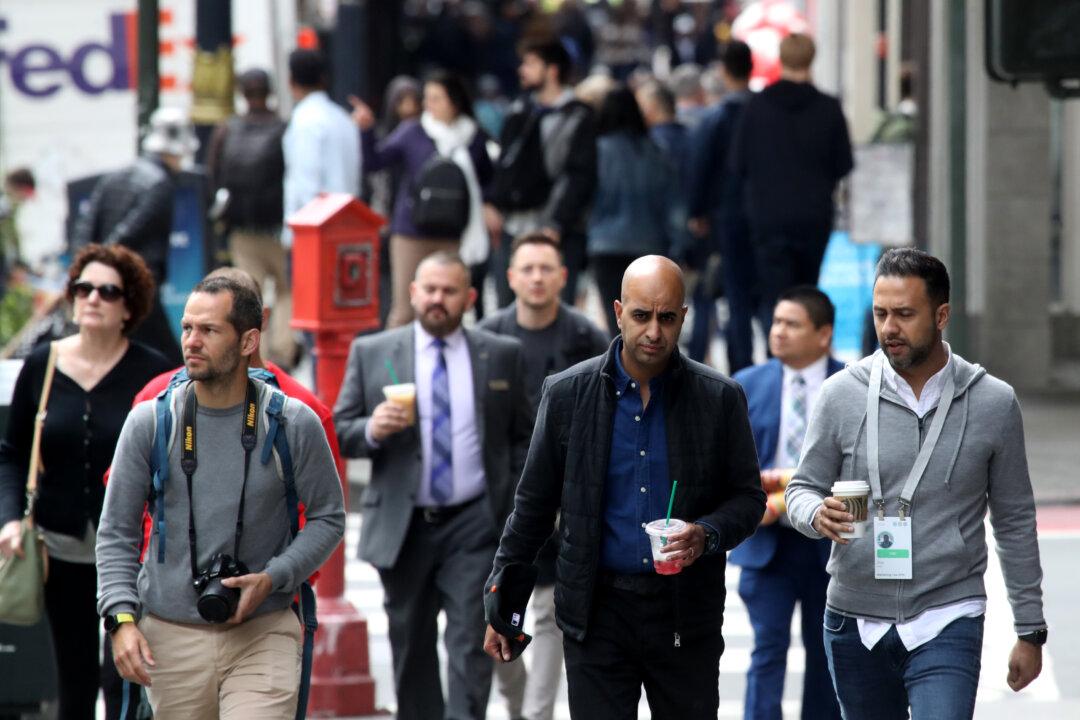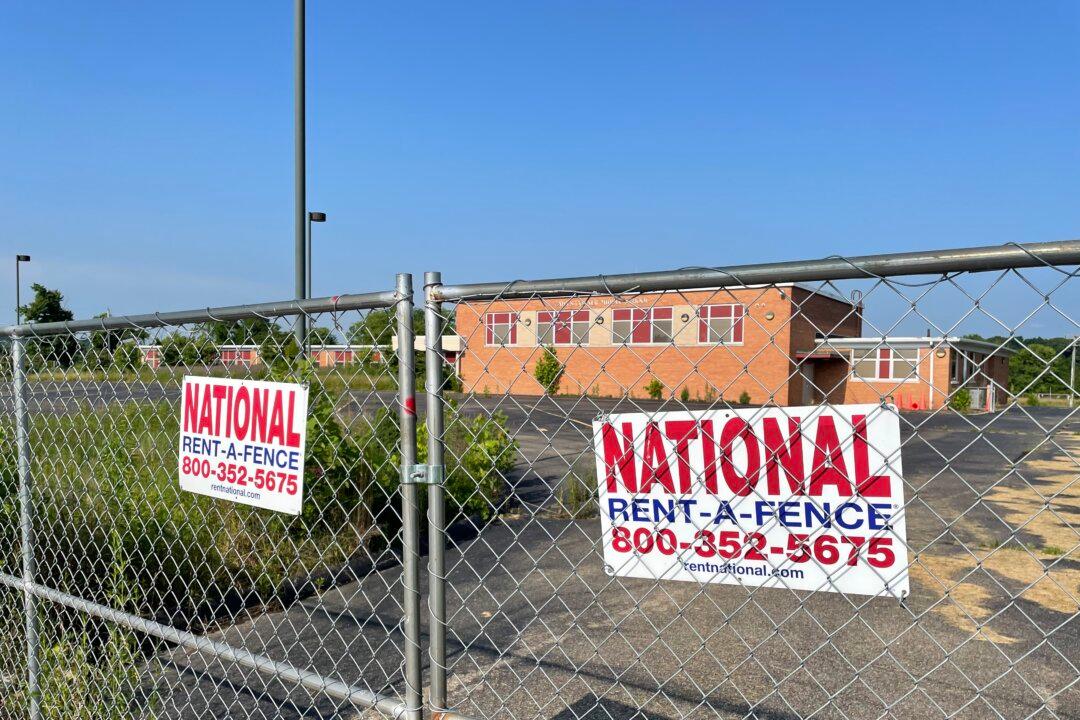A recent Government Accountability Office (GAO) survey shows that at least 10 federal agencies have plans to expand their use of facial recognition technology over the next two years—a prospect that alarms privacy advocates who worry about a lack of oversight.
The GAO released the results of a survey of 24 federal agencies, finding that 18 of them use facial recognition technology. Fourteen of those agencies use the tech for routine activity, such as unlocking agency-issued smartphones, while six reported using facial recognition software for criminal investigations and five others use the technology for surveillance, the Aug. 24 report found.




